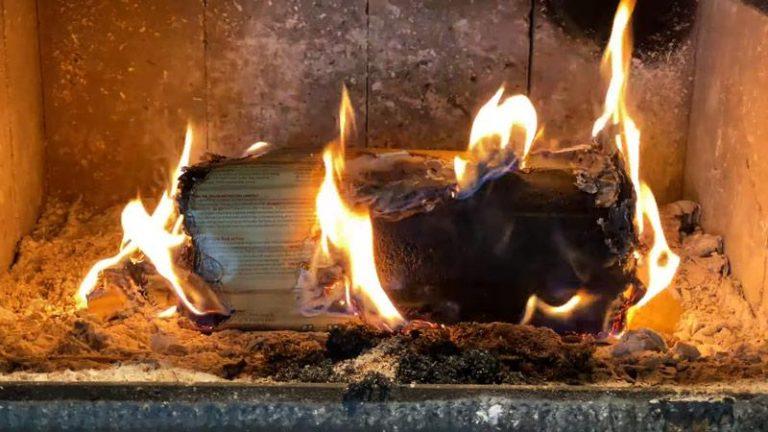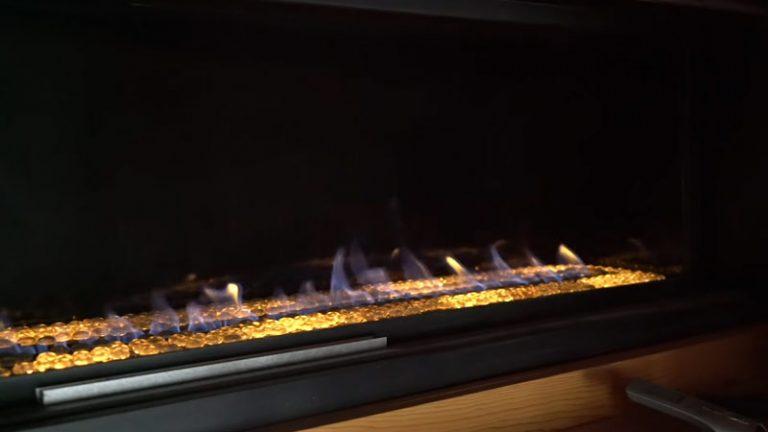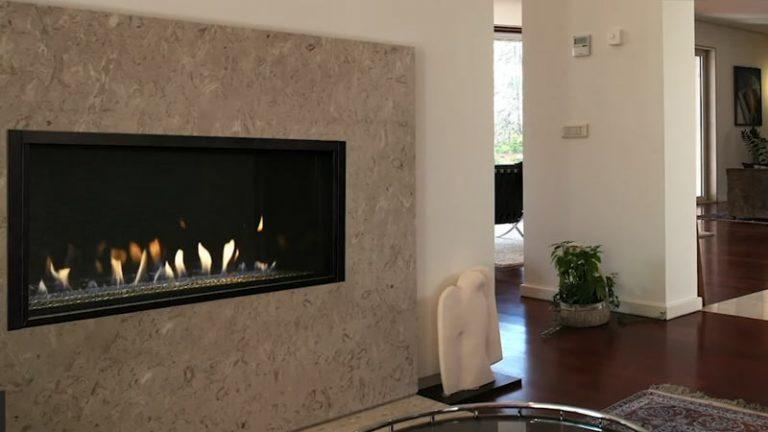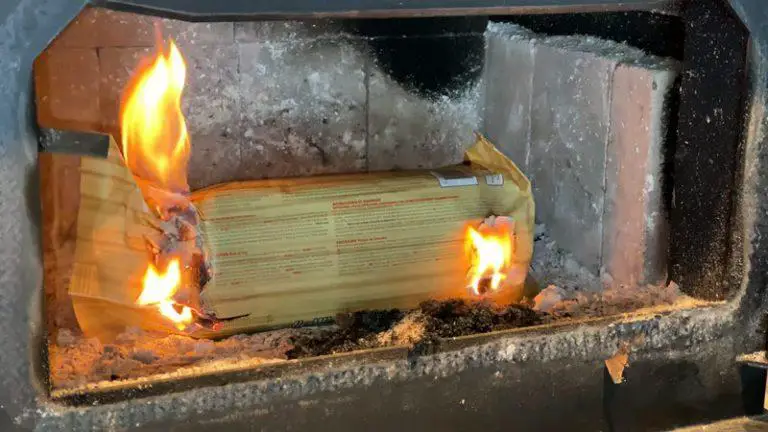Gas Fireplace Flue Open or Closed?
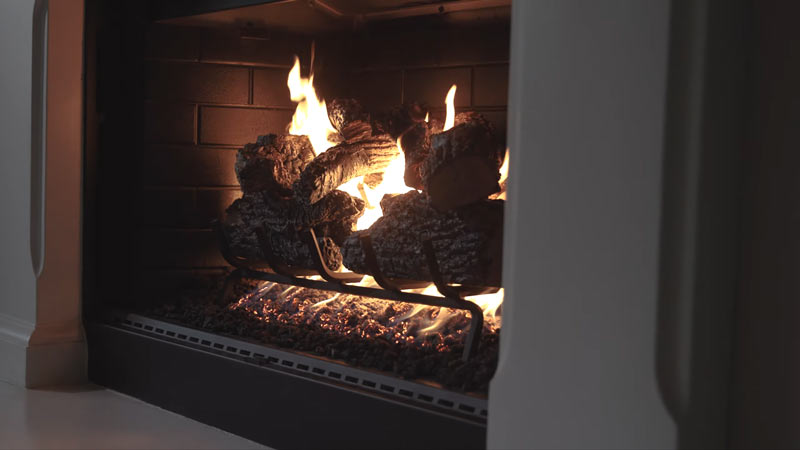
A gas fireplace flue is an important component of a gas fireplace that allows for the proper ventilation of combustion byproducts. It is the conduit that allows the release of these byproducts, such as carbon monoxide, out of the living space and into the outside air.
The importance of having the flue open cannot be overstated as it ensures the safe operation of the gas fireplace and prevents dangerous gases from building up inside the home. It is crucial to ensure that the flue is open before lighting the fireplace and to regularly check for proper function and clear any obstructions.
In this blog, we will discuss the importance of keeping the gas fireplace flue open, how to open it, and common problems that may arise.
You'll Learn About
Gas Fireplace Flue Open
A gas fireplace flue is an essential component of a gas fireplace that allows for the proper ventilation of combustion byproducts. When the flue is open, it allows for the release of these byproducts, such as carbon monoxide, out of the living space and into the outside air.
It is important to ensure that the gas fireplace flue is open before lighting the fireplace. If the flue is closed, the byproducts will not be able to escape, leading to a buildup of dangerous gases inside the home. Additionally, if the flue is not open and the fireplace is lit, it may cause the fire to burn inefficiently and could lead to damage to the fireplace or even a fire.
It is also important to regularly check the flue to ensure it is functioning properly and is not blocked by debris or other obstructions. This will help to ensure the safe operation of the gas fireplace.
Safety Concerns
Dangers of Carbon Monoxide Buildup
Carbon monoxide is a colorless, odorless gas that is produced when fuels such as gas, oil, wood, and charcoal are burned. If the flue is not open, the carbon monoxide produced by the gas fireplace will not be able to escape and can build up in the living space, leading to a number of dangerous health effects.
High levels of carbon monoxide can cause headaches, dizziness, nausea, and even death if not addressed promptly.
Inefficient Burning and Potential Damage to the Fireplace
When the flue is closed, the fire will not be able to draw in the necessary amount of oxygen to burn efficiently. This can lead to a buildup of soot and creosote in the chimney, which can cause a chimney fire.
Additionally, if the flue is not open, the fire may burn unevenly, leading to damage to the fireplace itself.
Importance of Regular Maintenance and Checks
Regularly checking the flue for proper function and any obstructions are crucial to ensure the safe operation of the gas fireplace. This can include inspecting the flue for any damage or wear, checking for debris or animals that may have built nests, and ensuring that the flue is properly aligned.
Regular maintenance and inspections can help to prevent dangerous situations from arising and prolong the life of the fireplace.
How to Open the Flue
Step-by-step Instructions
- Locate the flue control handle on the gas fireplace. This is typically located near the front of the fireplace.
- Turn the handle counterclockwise to open the flue. The handle should rotate easily, and you should hear a clicking sound when the flue is fully open.
- Visually inspect the flue to ensure that it is fully open and properly aligned.
- If your gas fireplace has a remote control or thermostat, set it to the desired temperature and turn on the fireplace.
Tips for Ensuring Proper Function
- Always check the flue before lighting the fireplace to ensure that it is open.
- If you have not used the fireplace in a while, it is a good idea to open the flue and let fresh air circulate through the chimney for a few minutes before lighting the fire.
- If you notice any unusual sounds or smells coming from the fireplace, turn it off immediately and check the flue for any obstructions. Sometimes bringing plastic smell comes.
Safety Precautions to Take
- Never leave the fireplace unattended while it is on.
- Keep a carbon monoxide detector in the room where the fireplace is located.
- Do not close the flue while the fireplace is still in use as it can cause dangerous build-up of carbon monoxide.
- Always follow the manufacturer’s instructions for your specific gas fireplace model.
- If you have any doubts or concerns about the proper operation of your gas fireplace, consult a professional.
Common Problems
Obstructions in the Flue
Obstructions in the flue can include debris such as leaves, twigs, and bird nests, as well as creosote buildup from inefficient burning. These obstructions can prevent the flue from opening or closing properly and can also lead to a dangerous leaking of carbon monoxide.
Signs that there may be an obstruction in the flue include a strong odor of gas, difficulty opening or closing the flue, and smoke or soot coming back into the room. Gas fireplace logs also turn black.
Difficulty Opening or Closing the Flue
If the flue control handle is difficult to turn or is not moving at all, it could be an indication of a problem with the flue. This could be caused by an obstruction, damage to the flue, or a malfunctioning component.
It is important to address this issue as soon as possible to prevent dangerous situations from arising.
Signs of a Malfunctioning Flue
A malfunctioning flue can lead to a number of dangerous situations. Signs that the flue may be malfunctioning include difficulty opening or closing the flue, a strong odor of gas, smoke or soot coming back into the room, and a yellow or orange flame instead of a blue one.
If you notice any of these signs, it is important to turn off the fireplace and contact a professional to have the flue inspected and repaired.
Conclusion
In conclusion, the flue of a gas fireplace is an essential component that allows for the proper ventilation of combustion byproducts, such as carbon monoxide.
Keeping the flue open is crucial for the safe operation of the gas fireplace and to prevent dangerous situations from arising. It is important to ensure that the flue is open before lighting the fireplace, and to regularly check for proper function and clear any obstructions.
Proper maintenance and regular inspections are key to ensuring the safe operation of the gas fireplace and prolonging its life. Should any issues arise such as difficulty opening or closing the flue, strong odor of gas, smoke or soot coming back into the room, it is important to turn off the fireplace and contact a professional for inspection and repair.
For more information, be sure to consult the manufacturer’s instructions for your specific gas fireplace model and the National Fire Protection Association (NFPA) website for additional safety tips and guidelines. By following these guidelines and maintaining your gas fireplace flue properly, you can enjoy the warmth and ambiance of your gas fireplace with peace of mind.

